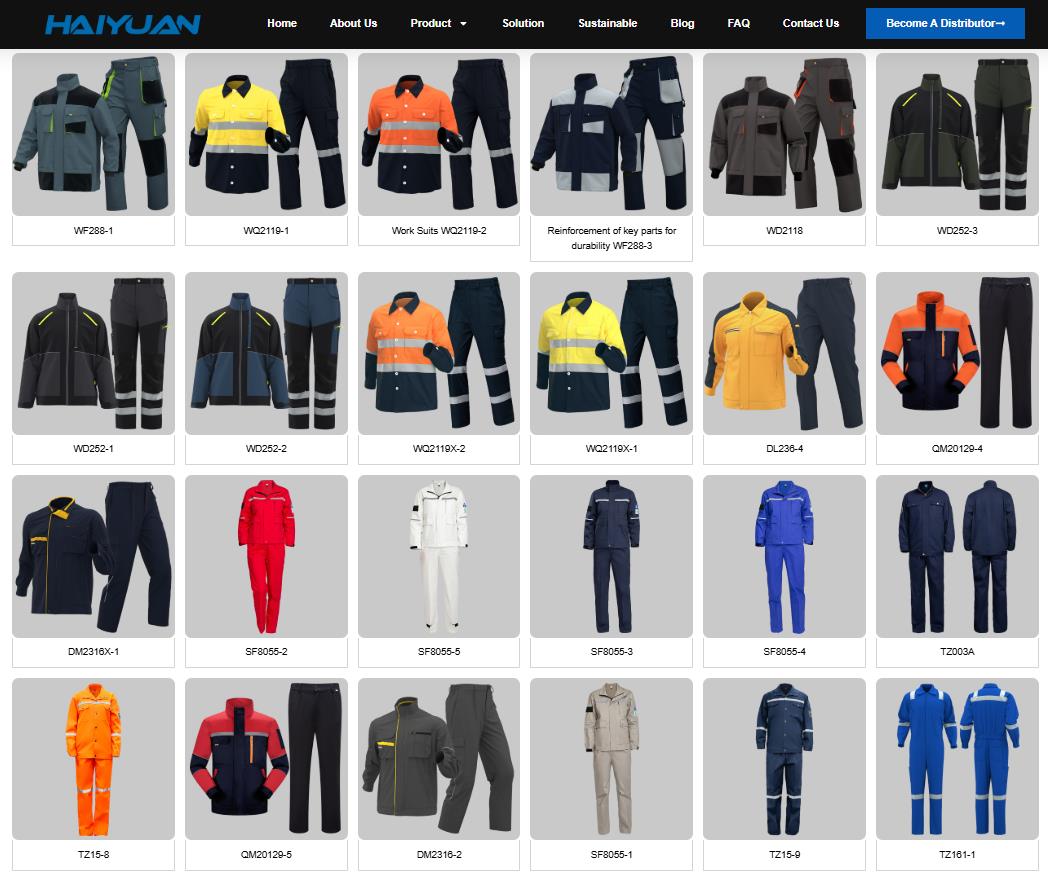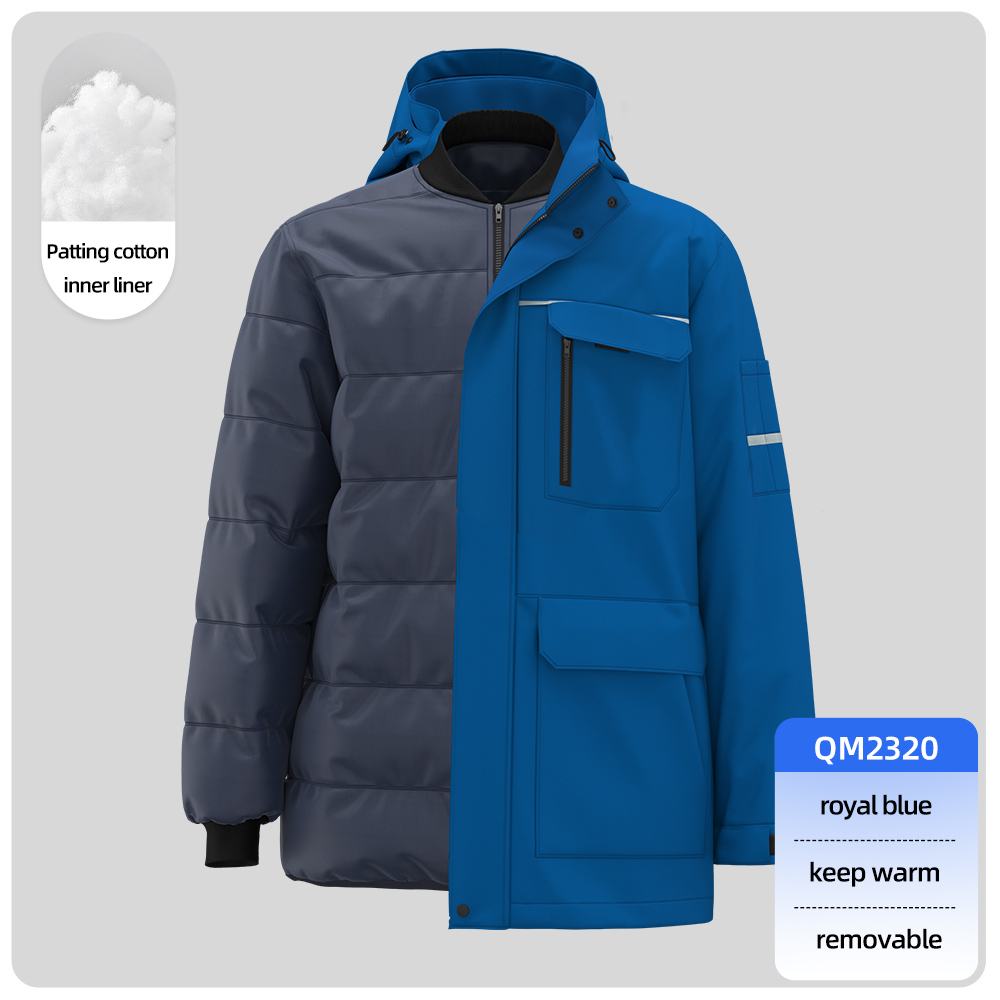The uniform for a food factory worker is a critical component of food safety, hygiene, and personal protection. It is designed specifically to prevent contamination of the food product and to protect the worker from workplace hazards.
This attire is most accurately called Hygienic Workwear or Food-Safe PPE.
Here is a detailed breakdown of a typical food factory worker uniform and its components:
Core Components of the Uniform
1. Headwear: Absolute Full Coverage
-
Bouffant Cap or Hair Net: Covers all hair, including beards and sideburns, to prevent hair from falling into the product.
-
Bump Cap: A lightweight, plastic helmet worn under the hair net to protect the worker’s head from low-hanging fixtures or bumps on machinery.
-
Beard Snood: A dedicated net that completely covers facial hair.
2. Bodywear: Designed for Minimal Contamination
-
Lab Coat or Smock: A long-sleeved, knee-length coat made of lightweight, durable polyester or poly-cotton. It is easy to clean and designed to be put on over street clothes without touching the outside surface.
-
Coverall / Boilersuit: A one-piece garment that provides full-body coverage. This is common in high-risk areas (e.g., ready-to-eat foods) as it offers the best protection against fibers from personal clothing shedding into the product.
-
Aprons: Often made of rubber or plastic, worn over the lab coat or coverall for wet tasks or to provide an extra barrier against spills and splashes.
3. Footwear: Safety and Hygiene
-
Safety Wellies / Rubber Boots: These are extremely common. They are waterproof, easy to clean, and often steel-toed for protection against falling objects. They have smooth surfaces with no laces where dirt and bacteria can hide.
-
Dedicated Safety Shoes: In drier areas, closed-toe, non-slip shoes without laces (or with laces covered by a fabric tongue) are used. They are never worn outside the production area.
4. Additional Essential PPE
-
Gloves: Used depending on the task.
-
Disposable Latex/Nitrile Gloves: For direct food handling.
-
Cut-Resistant Gloves: For using knives or sharp tools.
-
Thermal Gloves: For handling hot materials.
-
-
Face Masks / Face Guards: To prevent droplets from the nose and mouth from contaminating the product. Essential in areas like meat processing or packaging.
-
Ear Defenders: For hearing protection in loud environments (e.g., bottling lines, grinding operations).
-
Safety Glasses / Goggles: To protect eyes from splashes, dust, or chemical fumes.
Key Design Principles of Food Factory Workwear
-
No Pockets (or Very Few): Upper pockets are often eliminated to prevent workers from accidentally dropping personal items (like pens, phones, or keys) into production equipment or food products.
-
No Buttons or Press Studs: These can detach and become a physical contaminant. Clothing typically uses zippers that are chosen to be secure and easy to clean.
-
Light-Colored Fabric: Usually white or light blue. This makes any dirt, hair, or contamination immediately visible, ensuring it is addressed quickly. It also ensures the uniform can be washed at high temperatures with bleach without fading.
-
Snug Cuffs: Sleeves and ankle cuffs are designed to be tight-fitting to prevent them from catching on machinery or dipping into product.
The “Why”: Purpose and Regulations
Every single item has a purpose rooted in two concepts:
-
HACCP (Hazard Analysis Critical Control Point): The uniform is a control point to prevent biological, physical, and chemical contamination.
-
GMP (Good Manufacturing Practices): These are the operational rules that require such uniforms to be worn correctly.
In summary, a food factory worker’s “uniform” is not about brand identity but is a system of hygienic barriers. It is a carefully designed set of garments that protects the consumer from the worker and the worker from the environment.
You would typically say, “All personnel must don their hygienic workwear before entering the production floor,” or “The company provides all necessary food-safe PPE.”





